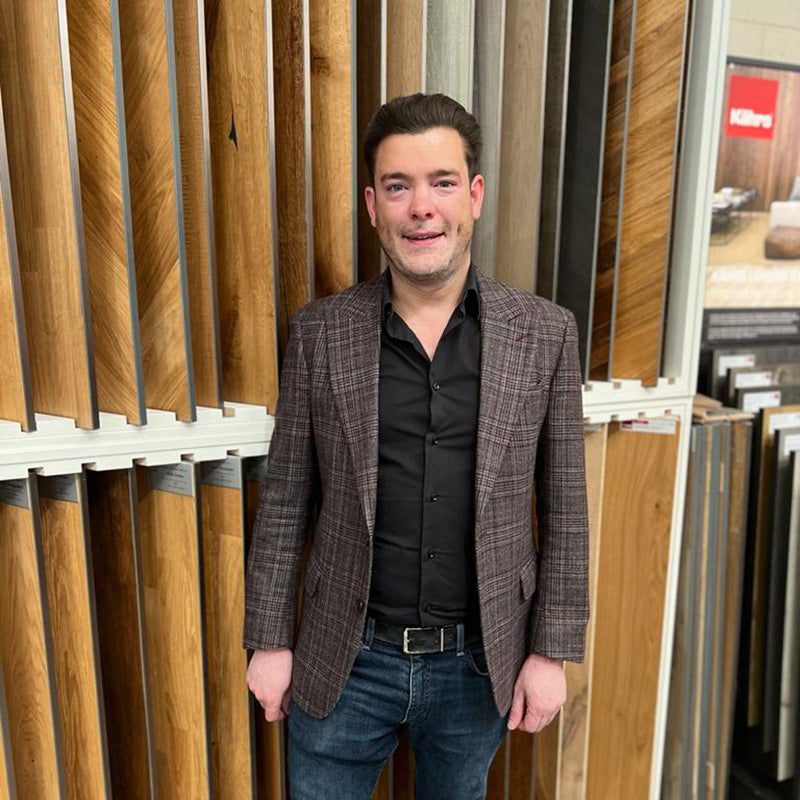Has your wooden floor started to lift and you’re unsure why? When you’ve spent a lot of money on new wooden flooring, seeing it start to lift can be devastating.
Written by: Yarl ChristiePublished on: December 01, 2020
Discover Why Wood Flooring Can Lift & Warp & How You Can Prevent It
Quick Links
Has your wooden floor started to lift and you’re unsure why? When you’ve spent a lot of money on new wooden flooring, seeing it start to lift can be devastating.
You’ll also see this problem referenced as bulging or buckling. It can occur in any part of the floor and there are a lot of factors that can trigger it. Here, we’ll look at 4 reasons your wooden floors may lift and what you can do about it.
1. Incorrect installation
One of the most common reasons wooden floors start to lift, is if they haven’t been installed correctly. When you’re installing engineered planks and solid wood planks, you need to leave an expansion gap around the perimeter of the room. This is because throughout the course of the year, the wood will expand and shrink as temperatures fluctuate. If an adequate gap has been left, the planks can safely expand without colliding into one another.
How to fix it: Unfortunately, if the lifting has occurred due to incorrect installation, it isn’t an easy fix. Most likely, the floor will need to be taken up and refitted with adequate expansion gaps added around the floor. This should ideally be done by a professional.
2. Damp/High moisture environment
Another common reason the floor may be lifting is down to a damp or high-moisture environment. Wooden floors should never be installed in high-moisture areas such as the bathroom. Just like they change due to temperature fluctuations, they are also affected by moisture. The wood will continue to absorb the moisture and eventually start to buckle.
How to fix it: If damp is the cause of the problem, you’ll want to address it before you fix the floor. Adding a dehumidifier to the room could also help. However, if you’ve installed the floor in the bathroom or cellar, you may want to consider switching it for a different type, otherwise the problem will keep occurring. You can also ensure you don’t use a wet mop to clean the floors, as this too can contribute to excess moisture absorption.
3. Low quality underlay
Sometimes, lifting could occur due to a problem underneath the floor. If the subfloor tends to be quite wet, it means a good quality underlay is required to prevent the moisture seeping through to the floor. There are specialist moisture resistant underlays which should be used if you suspect the subfloor poses a risk of being too moist.
How to fix it: If the moisture issue is coming from beneath the floor, the only way to fix it is to take it up completely. After removing the floor, you’ll then need to add a high-quality water-resistant underlay. You can then re-install the floor, replacing any damaged planks if needed. Ideally, you’ll want a professional to do this job for you.
4. Leaky pipes
If the lifting is quite severe, it could be a hint that there is something very wrong. Leaks can cause significant lifting and permanently damage the floor if not caught early enough. The trouble is, leaks aren’t always easy to identify, particularly if they’re coming from underneath the floor.
How to fix it: Firstly, you’ll want to identify where the leak is coming from. This could involve hiring a plumber to get to the bottom of the issue. You can then work out how much of the floor has been affected by the leak, determining whether you’ll need to replace it entirely.
These are the most common reasons your wooden floors might be lifting. The earlier you can identify the issue, the less chance there will be you’ll need to replace or lift the entire floor. You can also take precautionary measures, such as ensuring it is installed correctly and adding a dehumidifier to moisture-prone rooms.



